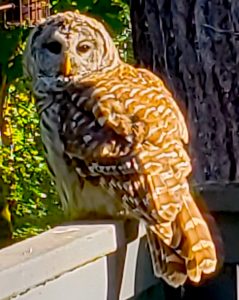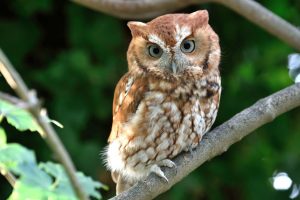 The Columbia City Yoga on-line Moving into Meditation class met this morning. We explored our relational being through the experience of rescuing and nurturing a wild baby screech owl. We humans can receive the gifts of learning and wonder from our more than human relations. We can teach our children loving awareness. We can help them bond with Nature. Over time we can foster appreciation, bonding and deep caring for the more than human world.
The Columbia City Yoga on-line Moving into Meditation class met this morning. We explored our relational being through the experience of rescuing and nurturing a wild baby screech owl. We humans can receive the gifts of learning and wonder from our more than human relations. We can teach our children loving awareness. We can help them bond with Nature. Over time we can foster appreciation, bonding and deep caring for the more than human world.
We drew inspiration from ecologist and writer Carl Safina’s experience of rescuing an injured baby owl. In his book, What Owls Know and What Humans Believe, Carl describes how he spent five hours a day caring for Alfie, the baby screech owl in his care.
In Carl’s TEDx Talk – Boston, What Can Owls Teach Us About Humanity?, he shared a short video showing the way Alfie said “I love you.”
In To Wonder and Awe, Carl’s interview with Last Born in the Wilderness journalist Patrick Farnsworth he shares his feelings of awe and wonder. Alfie became his teacher from whom he learned that owls are relational beings.
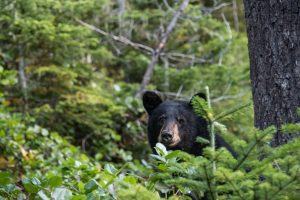 We heard from eco-philosopher David Abram’s book, Spell of the Sensuous: Perception and Language in a More-Than-Human World, David’s writings remind us that our very development depends on our relations with human and more than human life. He urges us to reflect on the impact we have on the world and to care for all that we can. David is Creative Director of the Alliance for Wild Ethics. His work “engages the ecological depths of the imagination, exploring the ways in which sensory perception, poetics, and wonder inform the relation between the human body and the breathing earth.”
We heard from eco-philosopher David Abram’s book, Spell of the Sensuous: Perception and Language in a More-Than-Human World, David’s writings remind us that our very development depends on our relations with human and more than human life. He urges us to reflect on the impact we have on the world and to care for all that we can. David is Creative Director of the Alliance for Wild Ethics. His work “engages the ecological depths of the imagination, exploring the ways in which sensory perception, poetics, and wonder inform the relation between the human body and the breathing earth.”
We ended with Mary Oliver’s poem, Messenger from her 2007 collection, Thirst. Mary’s words of wonder, gratitude and joy remind me of qualities that are sometimes overshadowed by our challenging times. They give me the wanting to stay alive and engaged in the world.
Welcome. Last week practiced with the intention of disarming our hearts. We opened our hearts to the truth of our belonging. We belong in relationship. This week I listened and watched programs describing ecologist and writer Carl Safina’s delicate care for, Alfie, an injured baby owl. In his book, Alfie and Me: What Owls Know and What Humans Believe, Carl describes his complex responsibility of caring. He deeply considered how and when to “help,” so that Alfie could keep her wild “owliness.” An inter-species relationship developed over the many hours of Carl’s presence.
Carl gradually earned Alfie’s trust. Over the years he was able to see her tender courtship, transition into motherhood and the fledging of three owlets. Alfie taught Carl that owls are relational beings. In his moving TEDx Talk, What Can Owls Teach Us About Humanity?, he shared a short video showing the way Alfie said “I love you.”
Carl laments that most of us live disconnected from the natural world. His experience with Alfie is a story of reconnection. In a recent interview, Carl described observing Alfie five hours every day. Everything she did came as a surprise. He said: “The more you learn, the more you realize what you don’t know. You grow younger in a sense.” He recounts that Alfie:
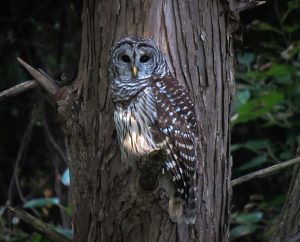 . . . became a truly new lens on the world for me. She raised enormous questions . . .: “Why don’t we know that the world is populated by relational beings?” Is our disconnect part of human nature or is it something we are taught? What have other people been taught? In indigenous cultures . . . the teaching is that the world is full of relationships. The world is always material and spiritual . . . at the same time. The world is a sacred place and the role of humans is to maintain the balances that keep the world going.
. . . became a truly new lens on the world for me. She raised enormous questions . . .: “Why don’t we know that the world is populated by relational beings?” Is our disconnect part of human nature or is it something we are taught? What have other people been taught? In indigenous cultures . . . the teaching is that the world is full of relationships. The world is always material and spiritual . . . at the same time. The world is a sacred place and the role of humans is to maintain the balances that keep the world going.
Life is relationship. All relationships call for deeper engagement: awareness, compassion, presence. Eco-philosopher David Abrams, author of Spell of the Sensuous,” writes:
Humans are tuned for relationships. The eyes, the skin, the tongue, ears, and nostrils—all are gates where our body receives the nourishment of otherness. . . . For the largest part of our species’ existence, humans have negotiated relationships with every aspect of the sensuous surroundings . . . The color of sky, the rush of waves—every aspect of the earthly sensuous could draw us into a relationship . . . And from all of these relationships, our collective sensibilities were nourished.
Let’s take a few moments to be nourished by the breath and supported by the earth. Breathe in until you are full and breathe out until you are empty. Notice how it is to feel fullness; how it is to empty again. Is it possible to breathe out and relax? To breathe in and open? In this space we pause, relax and open. We realize our relationship with the world.
Right now you can realize how you are tuned for relationship! Eyes, ears, nose, tongue, skin gateways through which we experience the world. Everything around us is nourishing and being nourished. We come together to practice awareness and compassion. Pausing. Relaxing. Opening. Realizing our relatedness.
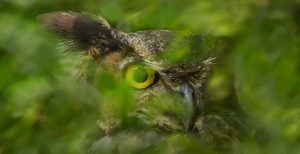 Rest on Earth’s body. Sense the air on the surface of your skin, the weight of your legs and feet. Can you imagine your very young feet – before they carried you through the world? Recall how they grew over the years. Remember the moments of aliveness while bare footing or swimming. Feel how your feet carried you; how faithfully they served you. Every second you are arriving.
Rest on Earth’s body. Sense the air on the surface of your skin, the weight of your legs and feet. Can you imagine your very young feet – before they carried you through the world? Recall how they grew over the years. Remember the moments of aliveness while bare footing or swimming. Feel how your feet carried you; how faithfully they served you. Every second you are arriving.
Rest on Earth’s body. Sense along arms and hands, the soft curl of fingers. Listen to your hands speaking their own language, in stillness, sensation. Can you imagine your very young hands – before they touched all the humans and more than humans in your life? Recall how they grew over the years. Remember how you’ve touched; what you’ve held on to and let go. Remember the moments of joy, of love in embrace. Feel how your hands have brought so much of the world closer to your heart.
Our bodies become the very expression of nurturing and love. We were born to be nurtured and nurture others. Nature regenerates and nurtures new life. All life is a gift, innocent and pure, fully deserving of life. Our practice is to receive and share this gift.
In these moments resting on Earth’s body, we can sense the rhythm of our hearts, feel the pulse of life that we share with all living beings. We are inter-beings. We can reflect on those almost inexpressible moments of joy we’ve experienced upon realizing our kinship.
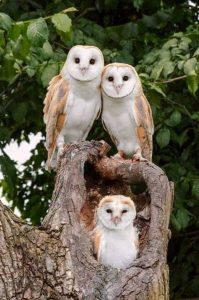 Today we place our greatest asset, our attention, to our wide circle of kin. As Mary Oliver wrote: Attention is the beginning of devotion. Mary writes:
Today we place our greatest asset, our attention, to our wide circle of kin. As Mary Oliver wrote: Attention is the beginning of devotion. Mary writes:
…eventually tides will be the only calendar you believe in…
And someone’s face, whom you love, will be as a star
Both intimate and ultimate,
And you will be heart-shaken and respectful.
And you will hear the air itself, like a beloved, whisper
Oh let me, for a while longer, enter the two
Beautiful bodies of your lungs…
Look, and look again.
This world is not just a little thrill for your eyes.
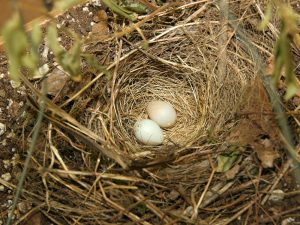 It’s more than bones.
It’s more than bones.
It’s more than the delicate wrist with its personal pulse.
It’s more than the beating of a single heart.
It’s praising.
It’s giving until the giving feels like receiving.
You have a life- just imagine that!
You have this day, and maybe another, and maybe
Still another…
And I have become the child of the clouds, and of hope.
I have become the friend of the enemy, whoever that is.
I have become older and, cherishing what I have learned,
I have become younger.
And what do I risk to tell you this, which is all I know?
Love yourself. Then forget it. Then, love the world.

